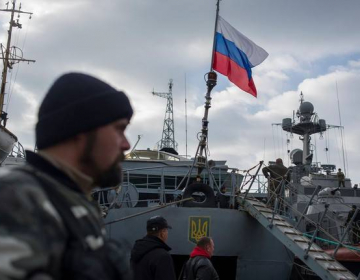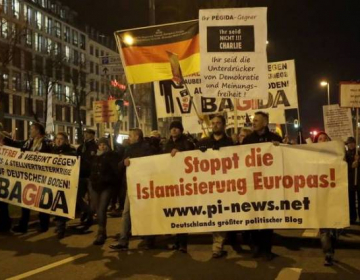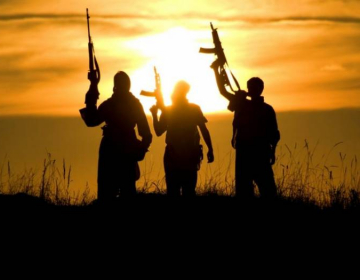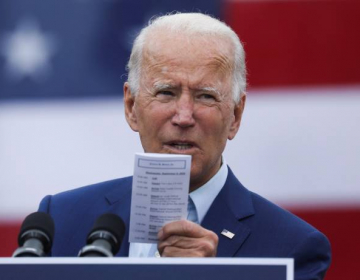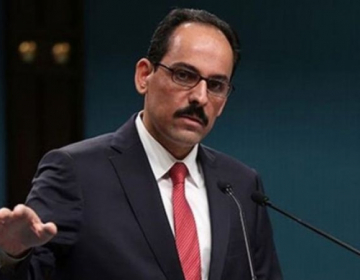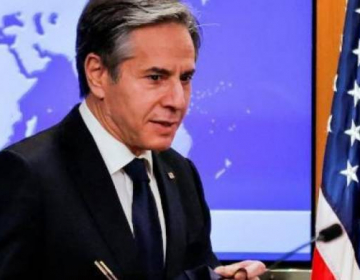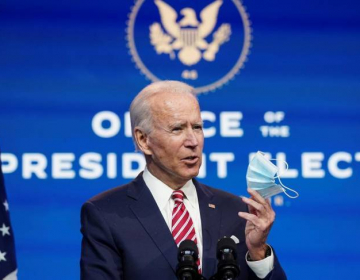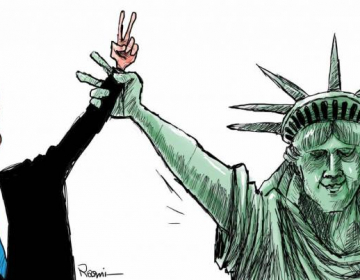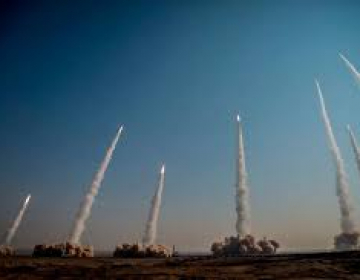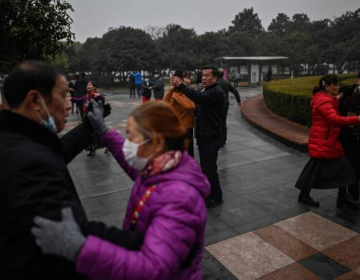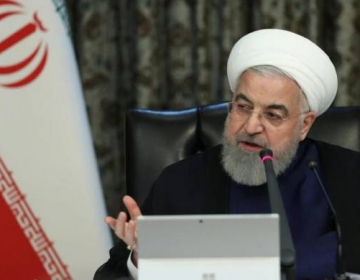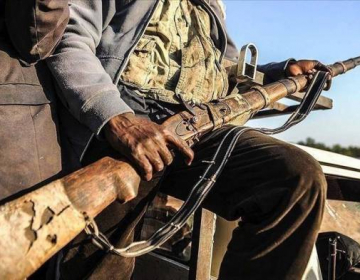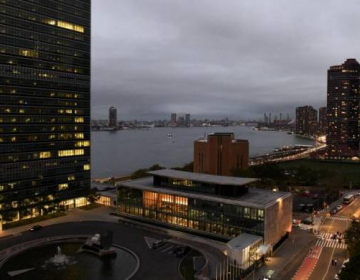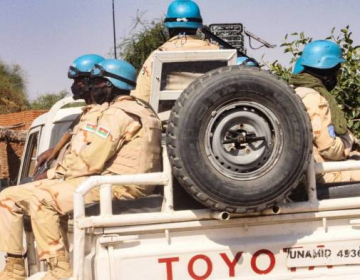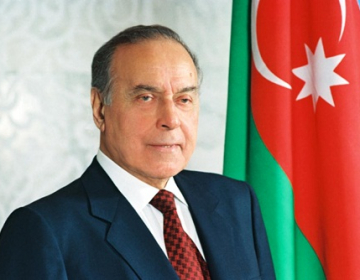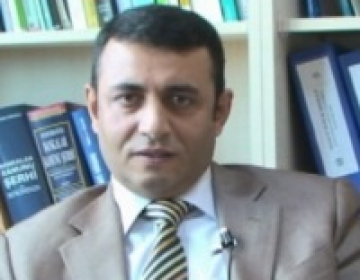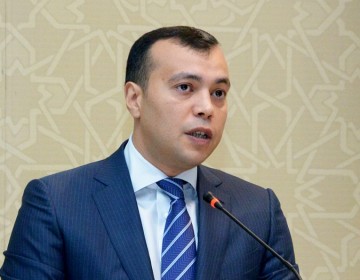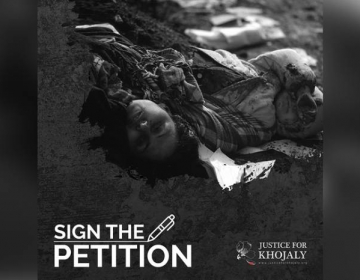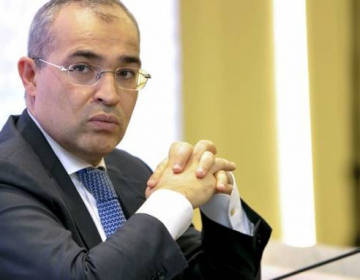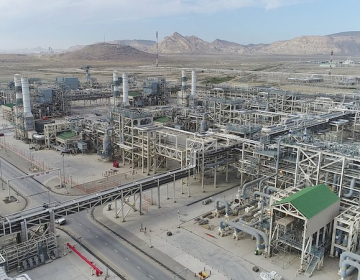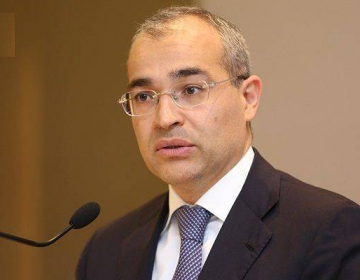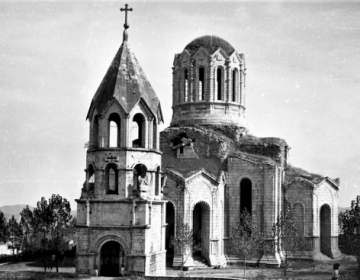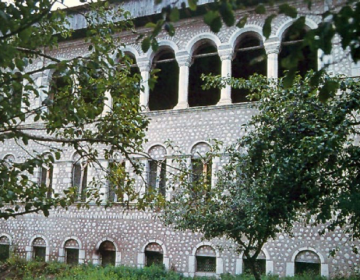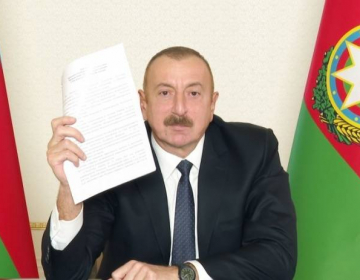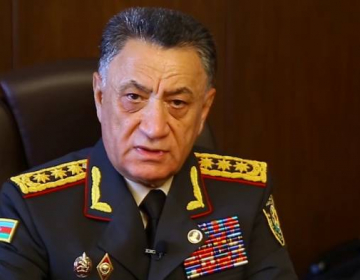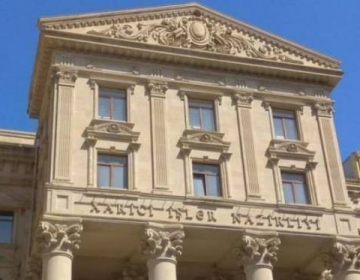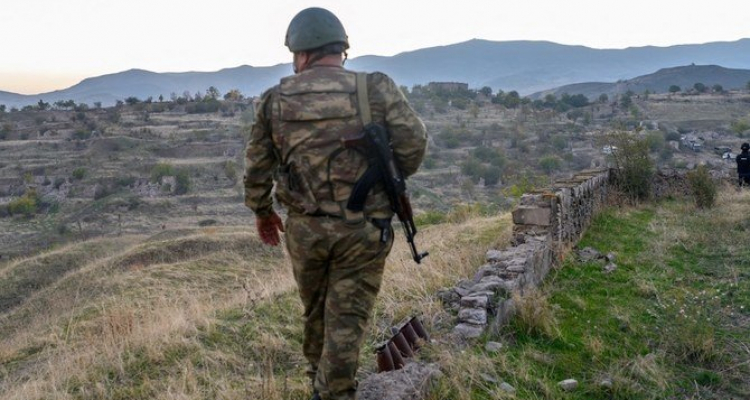 Yasar Yakıs
Yasar Yakıs
Arab.news February 21, 202120:58
The South Caucasus is a region historically known for its instability, largely because it has stood at the intersection of the zones of influence of first Byzantium and Iran, then the Ottoman Empire and Iran, and finally between Russia, Iran and Turkey.
The last attempt to change borders in the region was made by Armenia in 1988. It attacked neighboring Azerbaijan and occupied the autonomous region of Nagorno-Karabakh, which was predominantly inhabited by Armenians. Azerbaijan was not prepared for war, so it was defeated.
Armenia’s appetite for conquering new territories continued to grow and it also occupied several other provinces adjacent to Nagorno-Karabakh. The areas it occupied outside of Nagorno-Karabakh amounted to a fifth of Azerbaijan’s entire territory. More than half a million Azeris had to flee these areas.
The international community refused to recognize Armenia’s occupation and the UN Security Council adopted four resolutions urging it to withdraw from the occupied Azeri territories. In 1992, the Organization of Cooperation and Security in Europe (OSCE) set up the Minsk Group to force Armenia to withdraw from the occupied territories. However, for almost three decades, this group, co-chaired by the US, France and Russia, has done more to perpetuate the Armenian occupation than put an end to it.
Azerbaijan understood that the only way to liberate its territories was to rely on its own army. So it drew up a long-term plan to establish a strong army equipped with state-of-the-art weapons. Soldiers were trained and students sent to cadet colleges and staff academies in several countries, including Turkey, where there is a strong tradition of military training.
Levon Ter-Petrosyan, the first president of Armenia after the dismemberment of the Soviet Union, was planning to use his country’s position of strength to negotiate a fair peace with Azerbaijan. Current Prime Minister Nikol Pashinyan was even more ambitious and continued to further harass Azerbaijan. In July last year, Armenia attacked a border town, Tovuz, which is strategically located on the route of the Baku-Tbilisi-Ceyhan oil pipeline, the newly constructed Kars-Tbilisi-Baku railway and the Turkey-Georgia-Azerbaijan motorway. Unlike other settlements located on the boundaries between Azerbaijan and the Armenian-occupied Azeri territories, Tovuz was on the border between Armenia and Azerbaijan. Therefore, Yerevan could not use this attack to extend the boundaries of the territories under its occupation. The Tovuz attack could only aim at changing the border between Azerbaijan and Armenia, or simply provoke Baku to attack.
Azeri troops last year liberated most of the territories that Armenia had occupied for some three decades
Yasar Yakis
Azerbaijan refrained from falling into this trap because of the Collective Security Treaty Organization (CSTO), also known as the Russian NATO. This treaty ensures that, if Armenia is attacked by a third country, Moscow has a contractual obligation to help it. Therefore, Baku limited its reaction to the attack on Tovuz to silencing the Armenian guns.
On Sept. 27, Armenia attacked several Azeri towns. Azerbaijan this time retaliated with massive firepower. Armenia, as expected, asked Russia to fulfill its commitment under the CSTO and send troops to join its fight against Azerbaijan. Russia responded that the CSTO provisions were valid only when internationally recognized Armenian territory was attacked. Therefore, it had no obligation to militarily support Armenia.
So fierce military clashes took place for 44 days between Azerbaijan and Armenia. The Armenian forces ultimately suffered a major defeat. Azeri troops liberated most of the territories that Armenia had occupied for some three decades. They also seized the strategically important city of Shusha, opening the way to Khankendi (Stepanakert), the capital of Nagorno-Karabakh.
At this stage, Russian President Vladimir Putin stepped in and invited the parties to agree to a cease-fire. As Pashinyan admitted defeat, there was nothing to do but agree to it. Putin was not pleased by Pashinyan’s pro-Western policy, so he wanted to teach him a lesson. However, he did not want to do it to such an extent that it would cause the total collapse of the Armenian army. Otherwise, the balance of power in the South Caucasus would tilt too much in favor of Azerbaijan.
The best solution now would be for Azerbaijan to let the Armenians go back to their pre-1988 estates and for the Armenians not to create problems for the return of Azeris to the homes they fled as a result of the initial Armenian invasion.
If the cease-fire holds and peace returns to the region, the South Caucasus may become a stable area. The talented and sophisticated Armenians of Nagorno-Karabakh will be the major beneficiaries of Azerbaijan’s opulent economy, as they are fully fledged citizens of this oil-rich country.
*Yasar Yakis is a former foreign minister of Turkey and founding member of the ruling AK Party. Twitter: @yakis_yasar
Disclaimer: Views expressed by writers in this section are their own and do not necessarily reflect Arab News' point-of-view
pia.az

